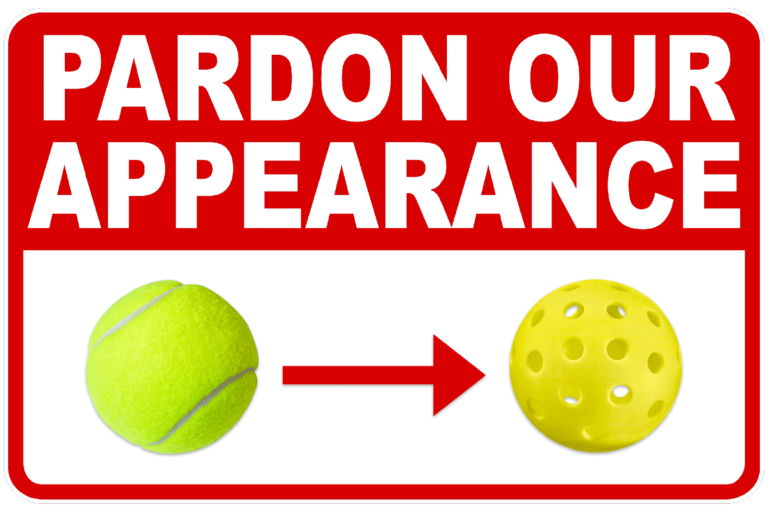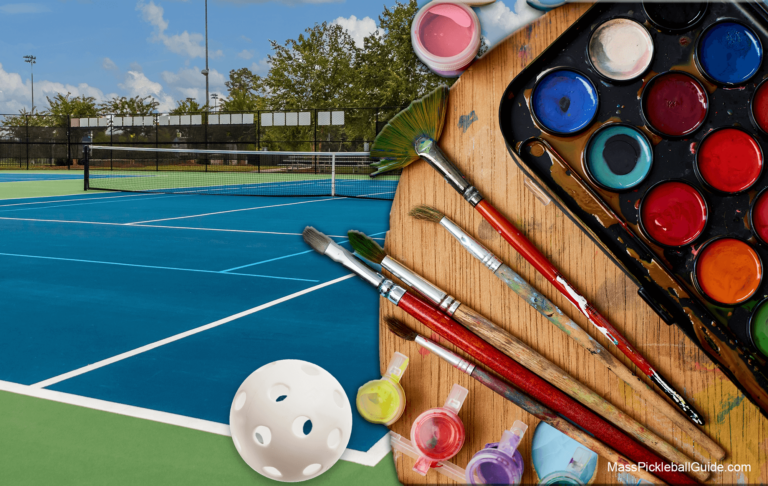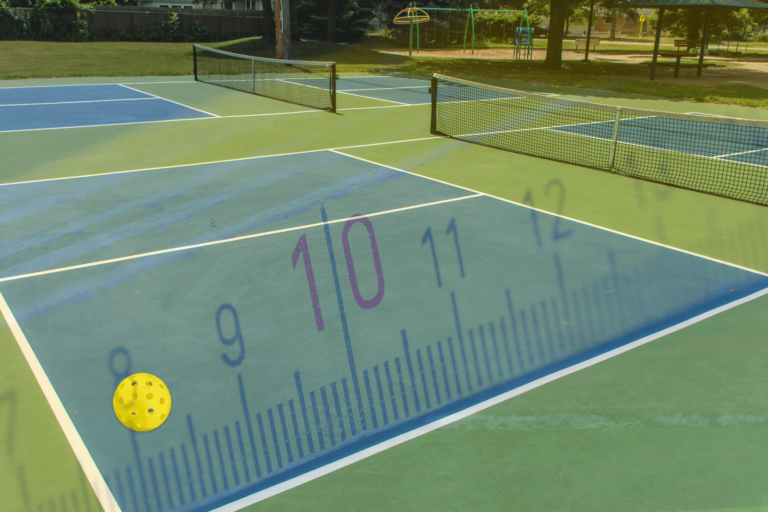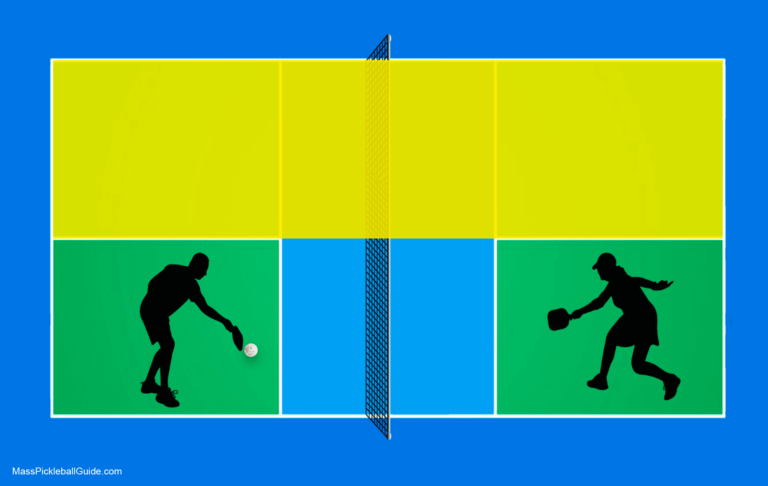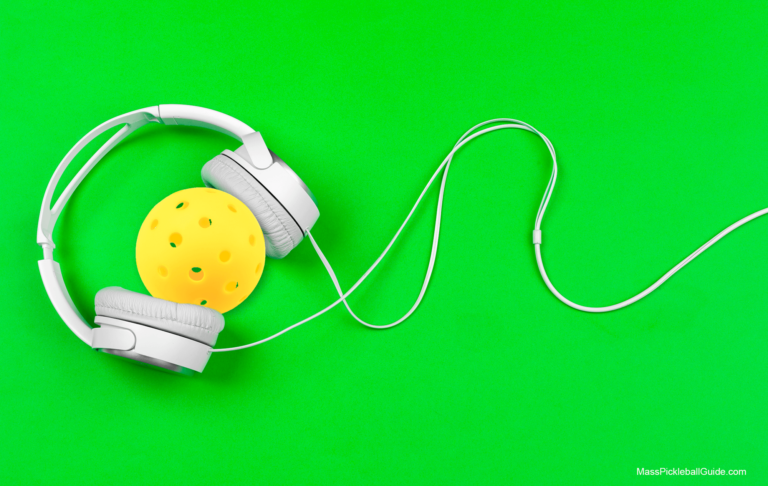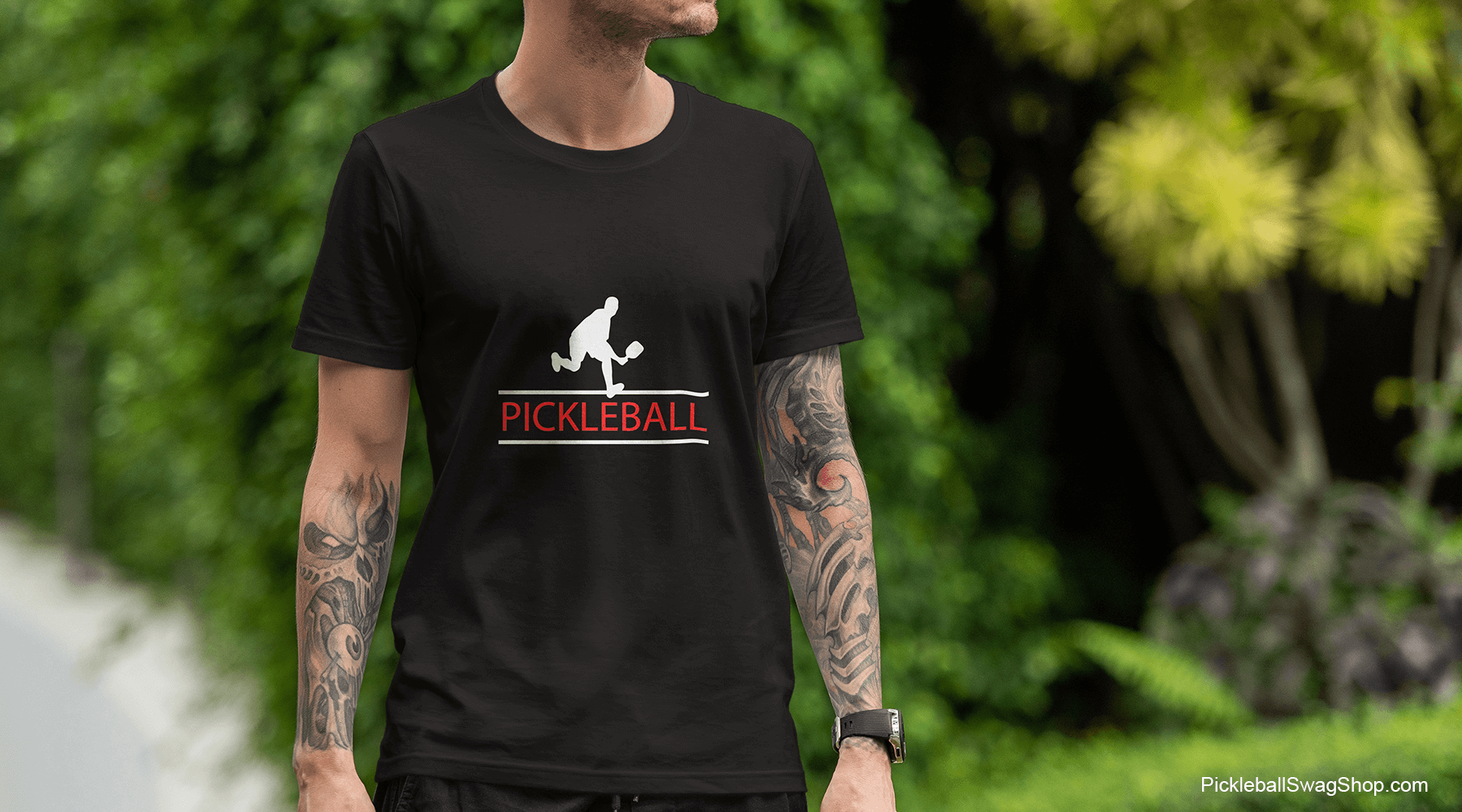Pickleball court construction: the ultimate DIY 2023 guide
the envy of your street
Comprehensive Guide to Building Your Own Pickleball Court
Imagine enjoying a friendly match on a sunny afternoon, on a pickleball court built with your own hands. No more waiting for court times or heading out early to your high school tennis court that has been retrofitted into pickleball courts.
This will drive your neighbors nuts – you out there in your yard playing with family and friends and they’re schlepping around town looking for an available pickleball court.
The fun and satisfaction you derive from this will be unrivaled. Let’s delve into the crux of this guide and unearth everything you need to know about pickleball court dimensions and building your own court.
This article will discuss:
- The dimensions of a pickleball court
- How to build a pickleball court
- The best surface for a pickleball court
- Additional considerations like fencing and lighting
- Common questions around building a pickleball court
- How much does it cots to build your pickleball court
Embracing Pickleball: The Court Dimensions
A standard pickleball court measures 44 feet in length and 20 feet in width. The pickleball net straddles the court at a height of 34 inches in the center and 36 inches on the sidelines. A 7-foot non-volley zone, also known as the “kitchen,” extends from the net on either side, creating an exciting dynamic for the game.
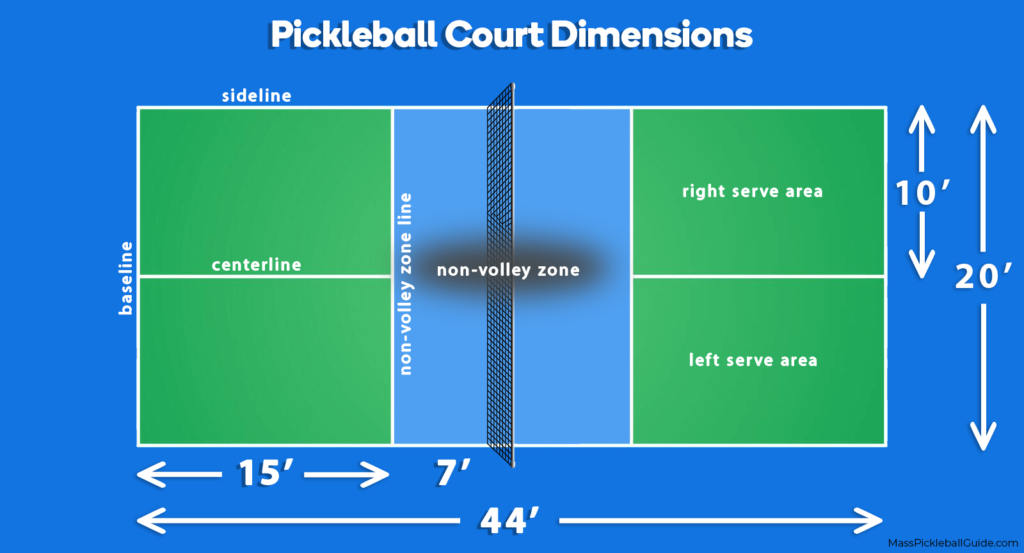
DIY Enthusiast: Building Your Own Pickleball Court
Building your own pickleball court can prove to be not only an engaging DIY project but also a rewarding endeavor that adds a recreational edge to your living space. Here’s a detailed walkthrough of the essential steps:
Location Selection
Identifying the perfect location is the first crucial step in this venture. Most folks think only of a pickleball court in the driveway.
So, what’s the point?
Find any flat area in your backyard that can comfortably accommodate the pickleball court. Having an existing tennis court is ideal and could be a great candidate for transformation. Remember, you’ll need more room than just the court size. Ensure that you account for extra space around the court that provides sufficient room for free movement and safety. A minimum of 12 feet behind both ends and 6 feet on either side is recommended, but this can vary depending on the backyard’s size and structure.
Preparation and Surface Selection
Once you’ve picked the ideal location, the next stage is preparing the ground and choosing the suitable surface. This is where most of the work lies!
The logical choices for the pickleball court surface are asphalt or concrete. Concrete surfaces are durable and provide a smoother playing surface, increasing ball bounce consistency. They may cost a bit more and need professional assistance to install, but they are long-lasting. The concrete layer for a pickleball court should ideally be about four inches thick.
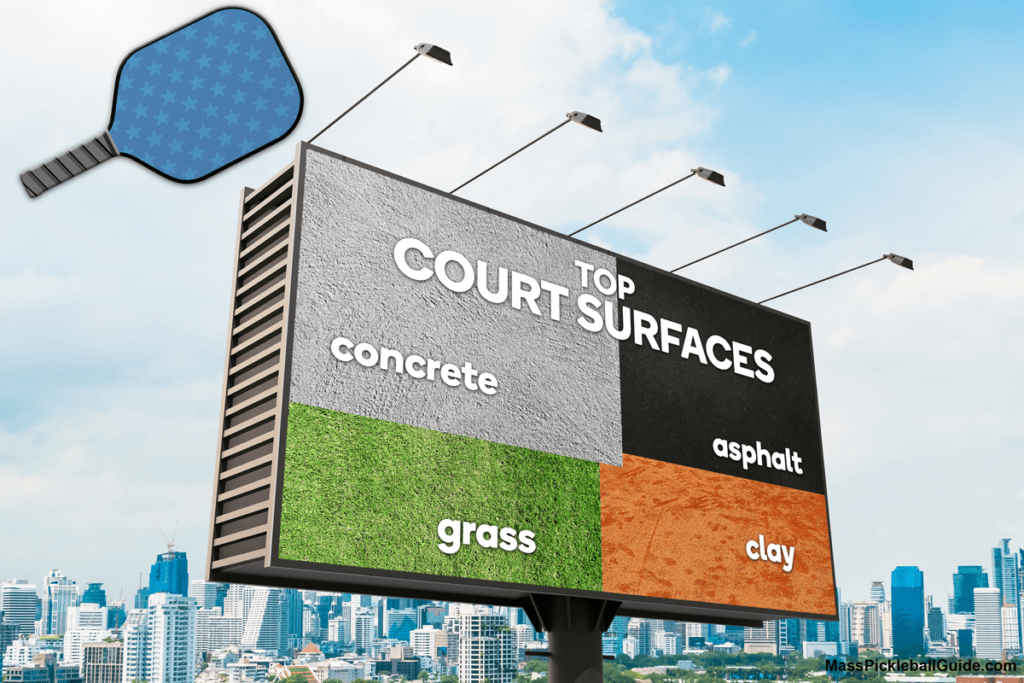
Asphalt is more cost-effective and easier to install. It may not offer the same durability as concrete but still serves as a decent surface for play. It’s worth noting that both surfaces may require a coating to increase their lifespan and improve gameplay.
See choosing the best color combination for a pickleball court.
Court Marking
This is getting easier as we progress through the steps of your own pickleball court… after the surface, it’s time to draw your court lines accurately. You can use chalk or masking tape for temporary lines, or paint for a more permanent solution. Ensure that you outline the standard court dimensions, which include service boxes and the non-volley zone or the “kitchen”. It’s recommended to use a bright color for your court lines to make them easily distinguishable during the game.

Setting up the Net
A sturdy and dependable pickleball net system is the heart of the game. Do not buy a cheap net – these babies are work horse and need to stand the test of time and the elements.
Ensure your pickleball net meets the standard height and width regulations. The net should be 36 inches tall at the sidelines and 34 inches in the middle. A solid, weather-resistant net is ideal, and you could consider having a wheel-based portable system for flexibility and easy storage.
You can get a top-rated pickleball net for under $400!
Consider Fencing and Lighting
Back to the money game –these can be expense and may double the cost of your DIY pickleball court.
Integrating fencing around your court ensures your pickleball stays within your designated play area. This addition not only saves time but also prevents potential accidents caused by wayward balls.
Lighting enhances visibility for evening matches, making your court versatile for use throughout the day. Outdoor sports lighting focuses light on the court and minimizes shadows, while being careful to avoid light pollution in residential areas. Therefore, investing in professional court lighting fixtures is worth considering.
Use the Right Pickleball Equipment
Using the correct equipment not only enhances your gameplay but also adheres to the standard rules of pickleball. As you gear up for pickleball, here are the key pieces of equipment you’ll need:
Pickleball Paddle
The pickleball paddle is your key instrument for the game. They come in different materials like wood, composite, and graphite. For beginners, a wooden paddle is a cost-effective choice, but if you’re a regular player, you might want to consider composite or graphite paddles. They are lighter, offer better control, and are more durable. The weight of the paddle impacts your swing and control; therefore, it’s essential to choose a weight that feels comfortable to you.
Pickleball Balls
Pickleball balls are distinctive due to their round, plastic design with multiple holes. These holes are designed for airflow, dictating the speed and movement of the ball. There are two types of pickleball balls: indoor and outdoor. The difference lies in the number and size of the holes, which influence the ball’s flight.
Pickleball Net
A good quality, weather-resistant net is essential. Ensure it meets the standard pickleball regulations: 36 inches high at the sidelines and 34 inches in the middle. Some nets come with a center strap to maintain the correct height in the middle.
Court Shoes
Court shoes are designed to provide stability and minimize the risk of injuries while playing on hard court surfaces. They offer a good grip, cushioning, and lateral support. Make sure to invest in a pair that is comfortable and suitable for the court surface you’ll be playing on.
Apparel
Lastly, while there is no specific dress code for pickleball, comfort is key. Athletic wear that allows for free movement is a good choice. Also consider materials that are breathable, and wick sweat away.
Equipping yourself with the right gear is an essential aspect of the game. Not only does it ensure you play according to the standard rules of pickleball, but it also optimizes your performance and enjoyment of the sport. It’s always recommended to invest in quality equipment that will withstand frequent play and serve you well over time.
See: what to wear to play pickleball: comfortable and functional outfit ideas
Cost to Build a Pickleball Court
When it comes to the costs associated with building a pickleball court, it largely depends on your personal vision, the specific details of the court, and the location. Just like any [construction] project, customization, and specific requests can certainly add to the overall expenses.
On average, constructing a standard pickleball court might cost around $6,000. This estimate includes the cost of necessary materials such as asphalt or concrete for the court surface, paint or tape for the court markings, a robust net system, as well as the labor costs involved if you opt for professional installation.
Here’s a general breakdown of the costs:
Mandatory Pickleball Court Costs
- Court Surface: Whether you choose asphalt or concrete, the costs for either of these materials vary. Asphalt is typically more cost-effective, but concrete offers greater durability. ~ $4,000
- Court Marking: Paint or line marking tape can be used to demarcate the court boundaries and zones. These costs are relatively minor compared to other expenses. $600
- Net System: A good quality, weather-resistant pickleball net system can range from a hundred to a few hundred dollars, depending on its features and durability. You’ll want a temporary net (i.e., can be rolled or moved out of the way) as you would not want permanent posts in your yard – besides, they add to the expense. ~$400
- Pickleball Ball Machine: There will be many times you’ll be out there by yourself yelling into the house for a player to come out. or getting in those early morning practices/drills to hone a specific pickleball shot. Pickleball machines used to be a luxury item and are now considered a backyard court staple. ~$1,000
“Nice-to-Have” Court Costs
- Fencing: The cost of fencing depends on the material used and the height and length of the fence. You might consider chain-link fencing, which is affordable and durable.
- Lighting: This is an optional cost and can range widely depending on the type and number of lights you choose to install.
- Labor: If you choose to hire professionals for constructing your pickleball court, labor costs will be a significant portion of your budget.
- Additional Features: Depending on your budget and vision, you may also want to consider extra features such as a seating area, shade structure, or even a scoreboard. These will certainly add to the overall cost.
These are average costs and the actual expense can vary significantly depending on your region, the specific nature of the ground where the court will be built, and your personal preferences.
In conclusion, while the idea of building a pickleball court might initially seem like a considerable investment, it’s an investment in health, happiness, and community. When you consider the hours of fun and fitness it provides, the cost becomes an investment in a healthier and more socially engaging lifestyle.

